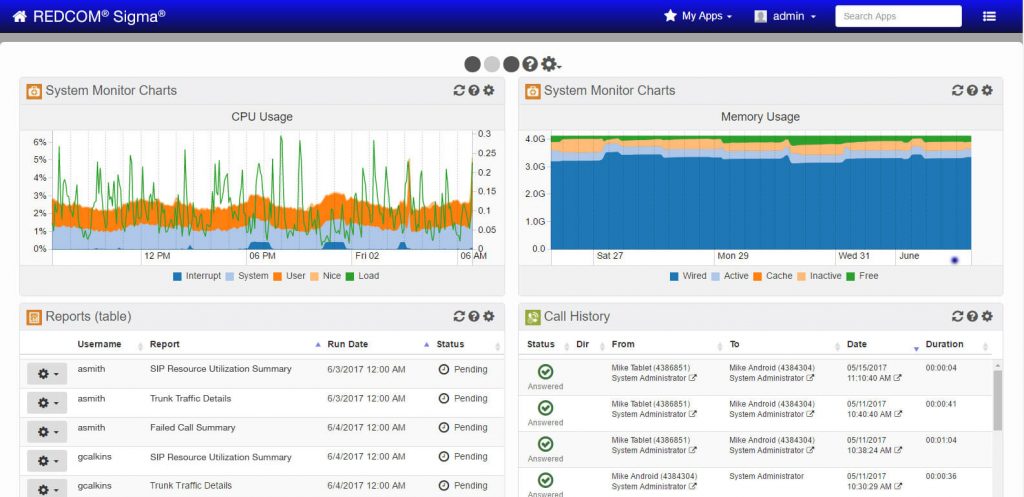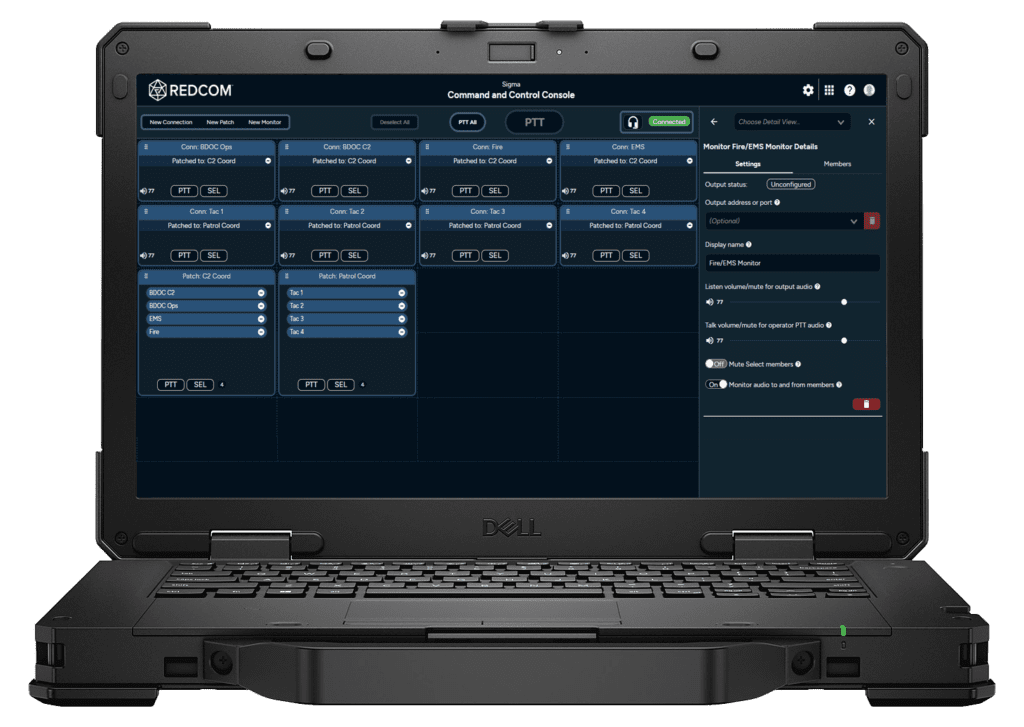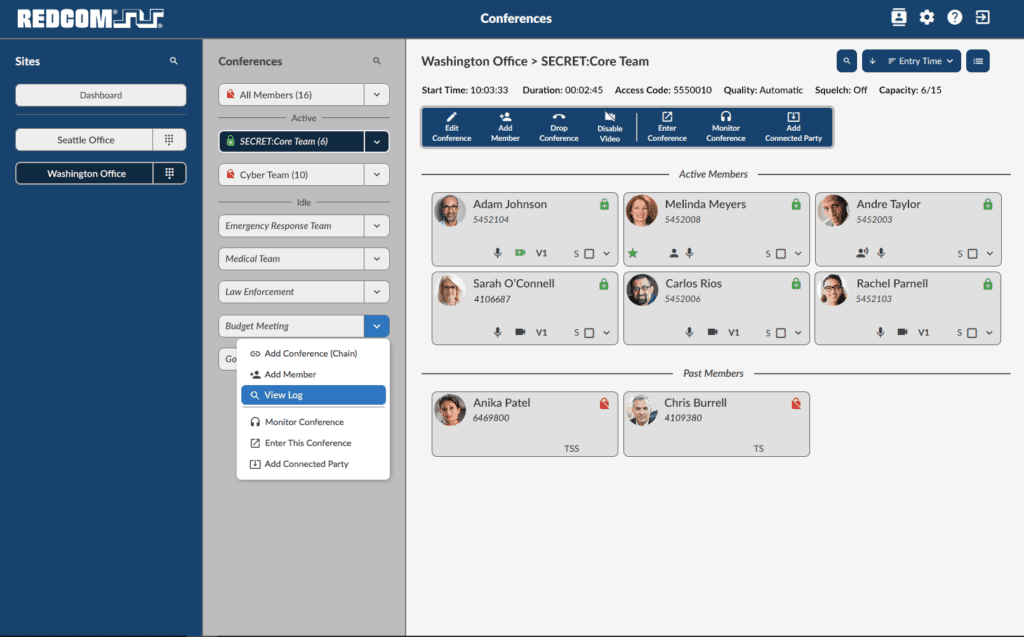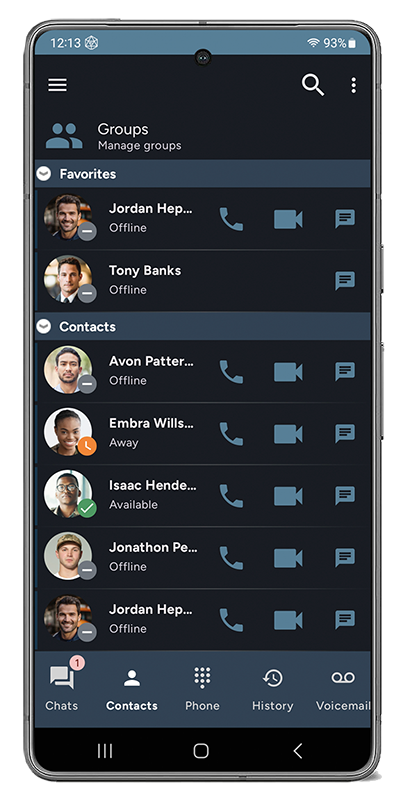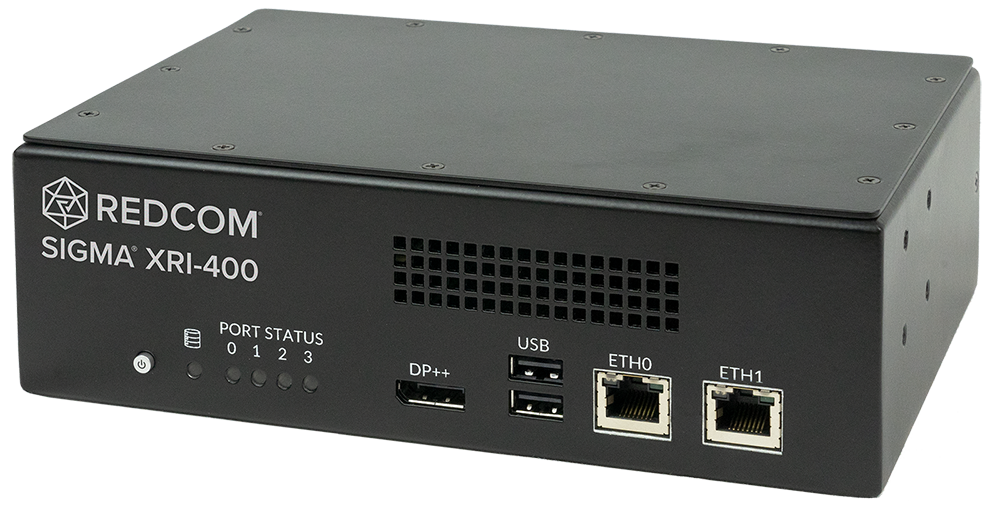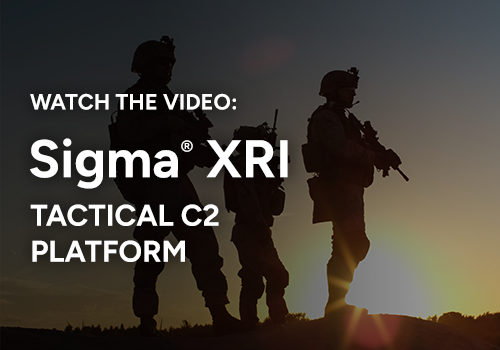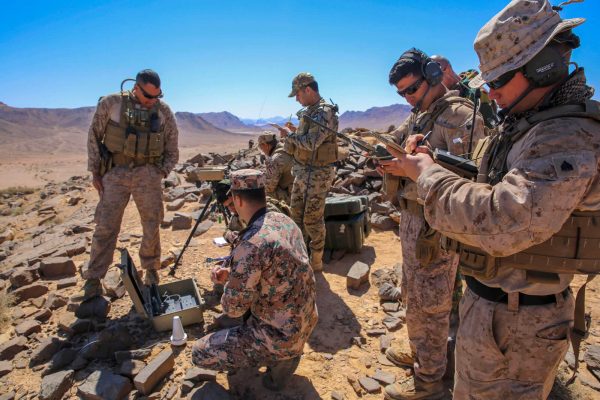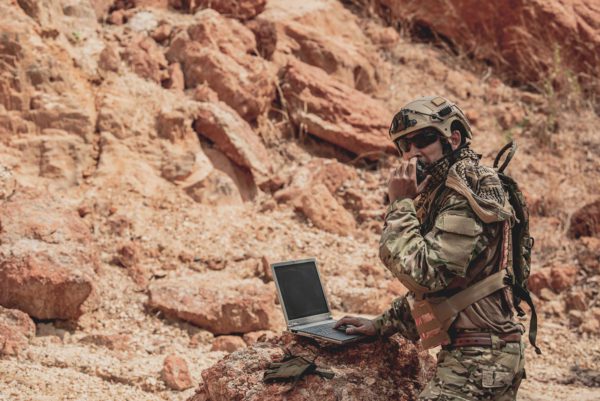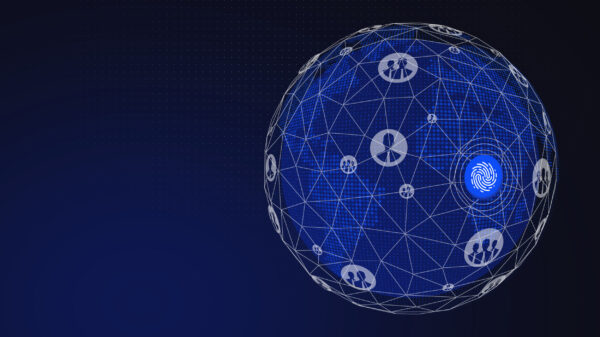Every two years the Army comes out with a new set of iterative series of integrated tactical communications packages for delivery to Soldiers. Each capability set builds on that of the previous iteration to complete the end goal of forming a multi-domain capable network by 2028. These capability sets are designed to ensure the Army keeps pace with industry advancement to provide warfighters with the most advanced solutions. This approach sparks changes to the tactical network design through continuous assessments of integrated capabilities along four major lines of effort:
- Unified network
- Common operating environment
- Joint/coalition interoperability
- Command post mobility and survivability
According to General Murray, “This is an iterative build to the end state. We never truly reach the end state; the end state is constant innovation”.
Capability Set 21: Expeditionary & Intuitive
Capability set 21 focused on the improvement of expeditionary capability making the network simple and more intuitive. Communications systems are smaller, lighter, and faster. Soldiers found that applications and network devices are easier to learn and use and commanders of infantry formations are provided more connectivity options to ensure they can communicate in any environment.
REDCOM Sigma aligns directly with the Army’s goals for this capability set. Our software is so intuitive and easy to operate that new users can be trained on Sigma in hours or days — not weeks. Not only does this drastically reduce training costs, but it also improves the tooth-to-tail ratio (T3R) by enabling the team on hand to confidently operate REDCOM Sigma without the need for IT specialists or field service reps.
Capability Set 23: Capacity, Resiliency, Convergence
Capability Set 23 aims to provide a more robust transport layer to support the requirements of the Army’s other modernization priorities. This set builds upon advances in expeditionary capabilities and increases in capacity, resiliency, and convergence of the network. With the introduction of CMOSS, REDCOM’s Sigma® software will be able to provide warfighters the ability to configure, manage, and control their C2 communication capabilities — including VoIP, video, chat, and radio interoperability — directly through an intuitive and easy-to-use interface.
Capability Set 25: Automated and Protected
In Capability set 25, the focus will revolve around delivering automated and protected capabilities to allow rapid and secure collaboration and decision making while executing decentralized and distributed mission command.
Capability Set 27: Multi-Domain Dominance
Capability Set 27 will focus on multi-Domain dominance. This final CS will improve cyber protection and will be built upon all advances from the previous sets. The Army is implementing these modernization efforts through the capability sets to ultimately have a less-complex tactical network in 2028. This network will utilize the benefits of existing technology and ensures Soldiers of today and future generations continue to be the most lethal fighting force in the world.
JADC2, A Reality
Joint All Domain Command and Control (JADC2) is the Pentagon’s future warfighter concept with a network that is expeditionary and mobile but can still pass and process massive amounts of data — necessary in a world of connected sensors and shooters. All of this requires interoperability, which just so happens to be one of REDCOM’s core tenets.
Deploying REDCOM Sigma or REDCOM Sigma XRI today instantly delivers the following benefits that are directly aligned with all the Capability Sets concepts and the goal of making multi-domain interoperability reality:
- Ease of use: REDCOM systems are so intuitive that new users can be trained and up to speed in minutes or hours — not days or weeks.
- Interoperability with coalition partners: REDCOM technology bridges the gap between multiple disparate SIP and RF networks.
- No rip and replace: REDCOM technology works with the existing deployed base of handsets and endpoints. Inserting REDCOM Sigma or Sigma XRI into existing architectures is seamless while enabling an upgrade path to future technology.
- Improved tooth-to-tail ratio: REDCOM greatly reduces the complexity and bulk at the tactical edge and reduces the need for IT experts. This allows the military to further improve its force design by allowing for smaller geographically dispersed teams without extra field service representatives.
- Continuity of ops in DIL environments: REDCOM enables command and control across all echelons, even in the denied environment. This enables warfighters to always sustain communications, regardless of transport medium.
- Built for mobility: REDCOM systems thrive in the shoot, move, communicate environment. Our low SWaP platforms are resilient to hard shutdowns and power up extremely fast. Communications can be fully operational within minutes, enabling warfighters to secure a tactical advantage by always maintaining mobility.
Conclusion
The U.S. Army is developing these modernization efforts through capability sets that drive towards a less-complex tactical network in 2028. This new network will utilize the full benefits of existing technology and ensure Soldiers of today and future generations continue to be the most lethal fighting force in the world. REDCOM will continue to support these efforts and be the foundation for all C2 comms. JADC2 is a complex future operating concept, however, REDCOM can address the key goals today at the tactical edge. The goal of the capability sets is to make JADC2 a reality by 2028, and it is not out of reach. REDCOM’s current products can provide a clear path to these future operating concepts by placing powerful and easy-to-use C2 solutions in the hands of the warfighter. If you want to learn more about how REDCOM products enable interoperability at the tactical edge reach out to sales@redcom.com
